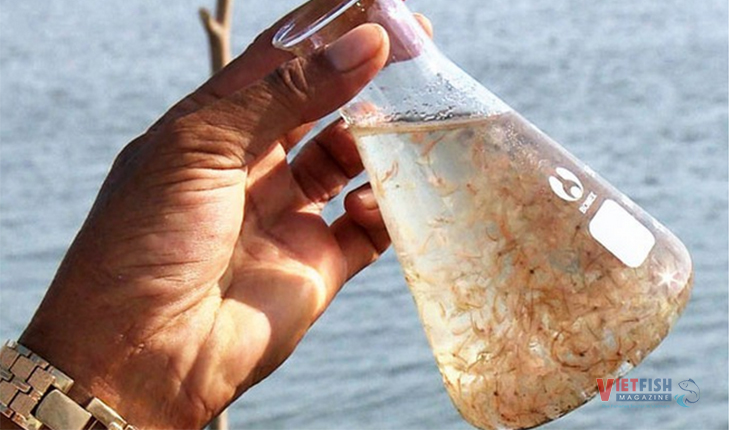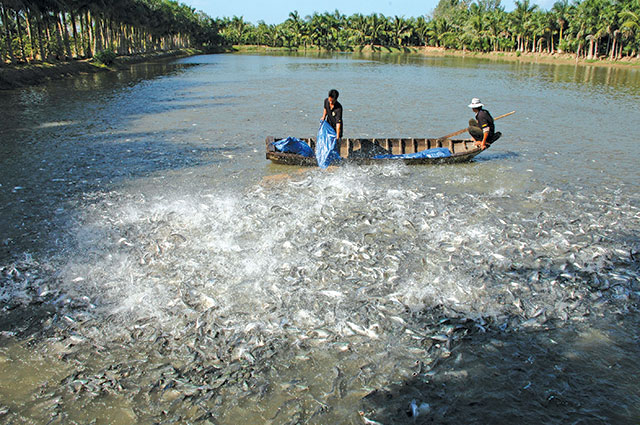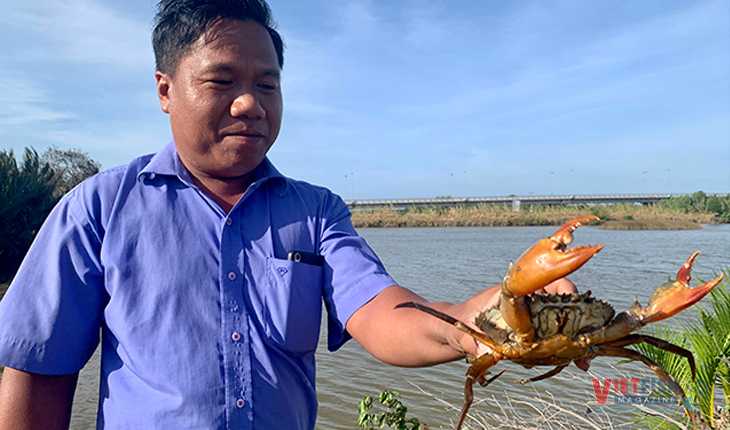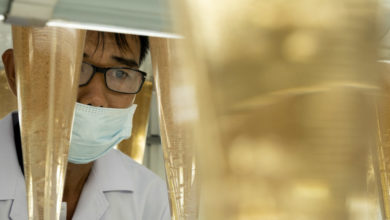Enhancing shrimp seed production in Vietnam
Leveraging technology for better quality and efficiency
Shrimp seed production is crucial for the sustainable growth of Vietnam’s shrimp industry, but the sector faces significant challenges affecting productivity, quality, and global competitiveness. Strengthening seed quality and ensuring long-term development require comprehensive, effective solutions.

Overview of shrimp seed production
Vietnam’s shrimp seed industry is concentrated in key provinces such as Ca Mau, Soc Trang, and Quang Ninh. Ca Mau, in particular, accounts for more than 50% of the nation’s shrimp seed supply, predominantly producing black tiger shrimp. Despite this, many localities still need to source shrimp seed from other provinces, impacting both supply autonomy and quality control.
Concerns over seed quality persist, as the proportion of shrimp seed meeting industry standards remains low. Many hatcheries have yet to obtain the required certification, and frequent disease outbreaks, especially during seasonal transitions, continue to affect production efficiency and disrupt the supply chain. Furthermore, maintaining strict quality control over shrimp seed, feed, and biological products remains a challenge. The industry also relies heavily on wild-caught black tiger shrimp broodstock, while whiteleg shrimp broodstock is mainly imported.
Challenges in shrimp seed production
Disease outbreaks remain one of the biggest threats to shrimp seed production, particularly during periods of environmental change. Water pollution and fluctuating conditions significantly impact shrimp health, often leading to severe losses. Additionally, ensuring the quality of key production inputs such as feed, chemicals, and biological products, remains difficult, increasing risks for the entire industry.
Another concern is the lack of proper quarantine procedures and clear origin documentation for shrimp seed imported from South Central Coast provinces. This raises quality and safety issues in the market, further complicating efforts to improve Vietnam’s shrimp seed production.
Strategies for improving shrimp seed quality
To address these challenges, the adoption of advanced scientific and technological solutions is crucial. Strengthening research partnerships, transferring technology, and integrating modern hatchery techniques can significantly enhance production. Innovative approaches, such as multi-stage shrimp farming, Biofloc, and Semi-Biofloc systems, should be further researched and widely implemented to boost both seed quality and productivity.
Stricter monitoring and quality control at shrimp seed production facilities are also necessary. Authorities must ensure compliance with industry standards and take decisive action against substandard hatcheries. Additionally, the establishment of centralized shrimp seed production zones that adhere to international quality benchmarks will help improve efficiency and market competitiveness.
Government support will be instrumental in driving these improvements. Policies should encourage the development of domestic raw material sources for shrimp feed, reducing dependence on imports. Moreover, investments in infrastructure and the creation of a stable production environment will enable hatcheries to operate more effectively.
With a coordinated and determined effort to implement these solutions, Vietnam’s shrimp seed industry can overcome current difficulties and achieve sustainable growth. Enhancing seed quality will not only reduce disease risks but also strengthen the long-term stability of the shrimp sector, contributing to economic development and increasing export value.
VFM






